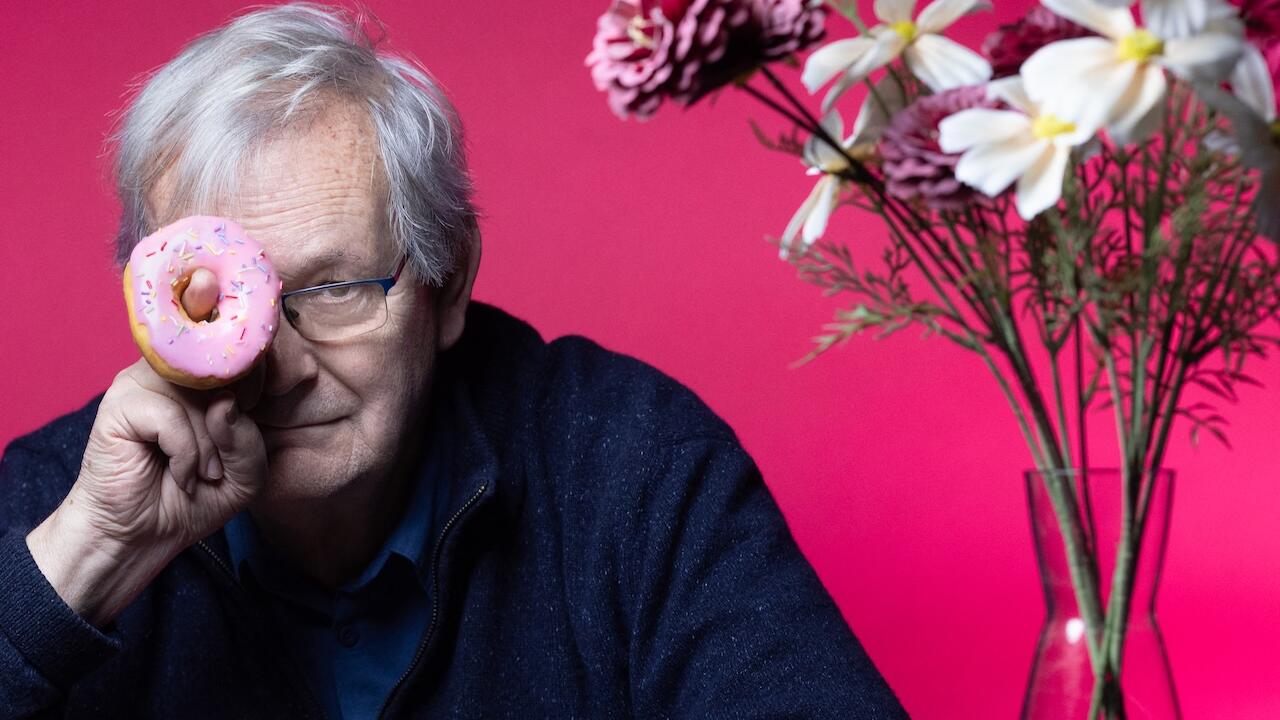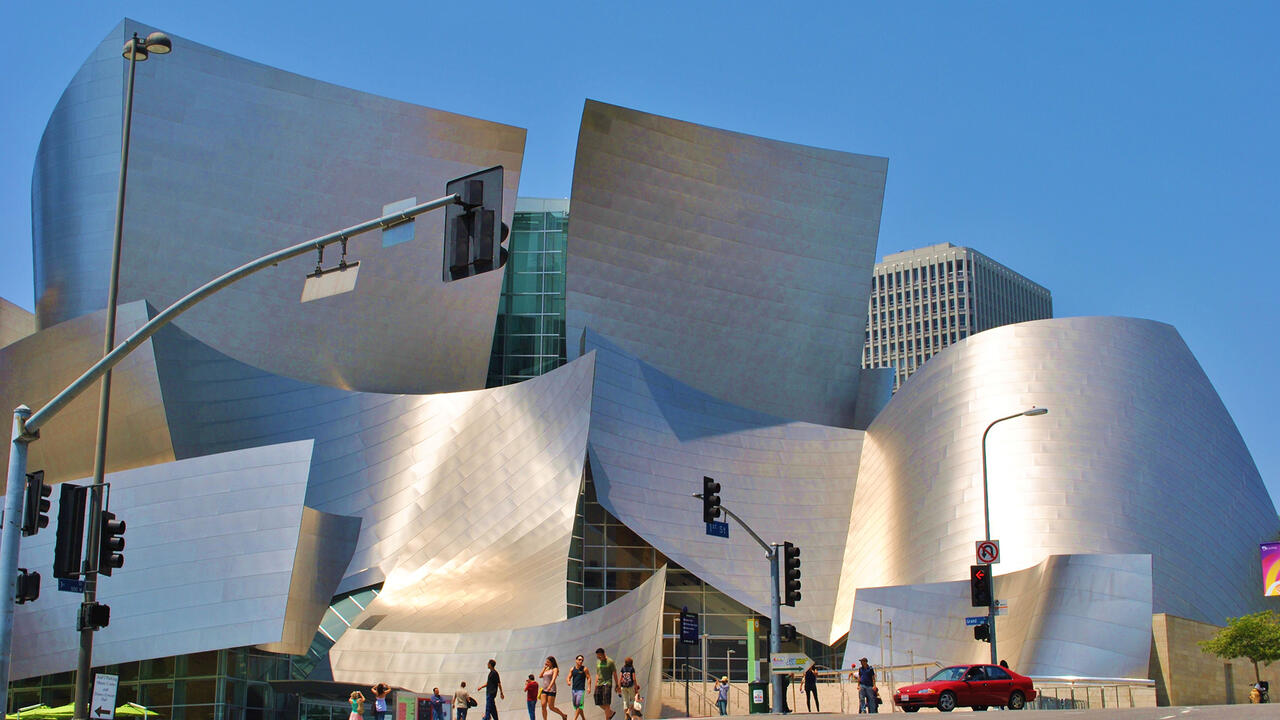Translating the Self
How artists have explored transgender identity
How artists have explored transgender identity

To the outsider – and particularly to one interested in contemporary art and Western popular culture – it may seem like there has been an explosion in transgender visibility during the last few years. In the us, former Olympic athlete and reality tv personality Caitlyn Jenner has appeared on the cover of Vanity Fair, and Orange is the New Black star Laverne Cox on that of Time, with online shows such as Transparent and Sense 8 (co-directed by Lana Wachowski, who announced her transition in 2012) attracting international audiences. In Britain, publications across the ideological spectrum are focusing on trans people and politics more than ever before, often featuring openly trans writers, and broadcasters are making trans people the centre of comedies, dramas and documentaries in an unprecedented way.
Numerous contemporary artists have either expressed their own transgender identities, worked with gender-variant subjects, or both. EVA & ADELE, Boychild, Micha Cárdenas, Yishay Garbasz, Juliana Huxtable, Evan Ifekoya, Shigeyuki Kihara, Amos Mac, Raju Rage, Patrick Staff and others have brought their gender positions into photographic, performance or digital works; Heather Cassils, Andrea Castro, Zanele Muholi, Marc Quinn, Ryan Trecartin and Wu Tsang have made sculptures or films documenting the bodies and lives of trans people.
This phenomenon may seem fairly recent, with subjectivities that move beyond ‘male’ and ‘female’ entering the mainstream, but there are precedents buried within what is often termed ‘queer culture’. A number of earlier examples exist of artists using photography or film to create a direct record of people who transgressed established gender boundaries through clothing and cosmetics or medical interventions. Mostly, they did so before concepts of sexuality and gender identity were separated and codified into identity positions, with a strict focus on practices: the most notable artist to explicitly state discomfort with the binary was Claude Cahun, who, as early as 1930, said that ‘neuter is the only gender that always suits me’, but who has often been claimed as part of a lesbian canon.
Gender-variant people in the 1960s us underground, including Candy Darling and Mario Montez, appeared in the films of Andy Warhol and Jack Smith, as well as Peter Hujar’s photography, with this visual representation meaning that they had no obligation to define their genders within written language. Over the following decade, gender identity clinics categorized what made ‘the transsexual’ eligible for reassignment, discouraging service users from being open about their histories. The gay and lesbian politics that followed the Stonewall riots (led by trans women of colour) often characterized trans people both as conformists to gender norms and as deviants likely to discredit ‘respectable’ activism, before the AIDS crisis put the focus on sexual activity and institutional prejudice rather than physical embodiment or identity formation.
Besides the artist Greer Lankton, who started off modelling for Nan Goldin, gender-variant people were rarely visible in the post-AIDS queer art scenes of the 1990s, and play with gender worked mostly at the level of performance. People who had transitioned became involved with transgender theory, which reacted against the medical establishment, feminist and conservative transphobia, sensationalist mass-media coverage and tropes in transsexual autobiographies. Authors such as Kate Bornstein, Leslie Feinberg and Sandy Stone urged readers to move beyond ‘passing’ and be open about their experiences – significantly, Stone’s manifestos circulated in early online communities and Bornstein, writing in 1994, explored possibilities for playing with identity offered by the internet’s mixture of connectivity and anonymity. The result has been more confidence in delineated gender identities and the constant generation of new ones, as well as a stronger sense of community: this has made it harder for old-style gay rights movements, especially those with the type of assimiliationist politics that have led as far as the uk Independence Party marching at London Pride, to co-opt or subsume trans people, or to marginalize or silence them.
With these tensions in mind, Patrick Staff’s The Foundation (2015), a video and installation, is particularly interesting. Staff’s half-hour film was made at the Tom of Finland Foundation in Los Angeles, which serves both to collect Tom’s documentations of a hyper-masculine sexuality that was changed irrevocably by the onset of AIDS, and as somewhere for gay men interested in what his work recorded to meet, bringing together generations from both sides of the epidemic. Staff provides a sense of new identities emerging, in a more oblique way than (for example) Mac’s photographs of trans people or Garbasz’s flick-book showing how her body changed during transition, by hinting at how new possibilities can emerge from established subcultures. Through interviews with people at the foundation – one of whom assures the ambivalent Staff that ‘you’ll grow into […] being a man’ – and in a choreographed segment shot at Spike Island in Bristol, there is a sense of the artist achieving self-definition both with and against an older companion: Staff’s presentation occupies a ‘queer’ space, its ambiguity offering room for a gay male identification to shift into a trans-feminine position.

At face value, Juliana Huxtable embodies a stronger sense of futurism, although her work, too, is also rooted in a historical counter-culture – the underground clubs that have been relatively welcoming of queer and trans people since the house scene and vogue balls of 1980s New York. Like many of this wave of trans and genderqueer artists, Huxtable did not emerge from a fine art background, instead developing a following on Instagram and Vimeo, working with the House of Ladosha art collective and DJ-ing at Shock Value, the ‘nightlife gender project’ that she co-founded.
She featured prominently in the New Museum’s Triennial this year, as the creator of four inkjet prints – two poems and two self-portraits. These photographs suggest radical possibilities for self-creation and self-expression. Untitled in the Rage (Nibiru Cataclysm) (2015) shows Huxtable naked (besides an ankle bracelet), facing away from the viewer, her body tinted sea-green and her hair yellow: through this colouring and the ethereal surroundings, Huxtable references the Nuwabian religious group inspired by Islam, Ancient Egyptian culture and cosmological ideas. She also modelled for Frank Benson’s life-sized 3D sculpture Juliana (2015), shown alongside her own work. It’s a stunning piece, its metallic sheen recalling the cyborg theories of Donna Haraway that rejected the boundaries dividing ‘human’ from ‘machine’, which were a strong influence on Sandy Stone in particular.
But is such a direct use of an artist’s identity problematic – either when representation is handed over to a third party, or when it is enacted by the self? Perhaps it runs counter to queer theory which suggests that there is no fundamental ‘self’, creating considerable tension for artists reacting against essentialist concepts of gender, but there are deeper psychological problems too. Benson told The New York Times that he sent an ‘intense email full of historical references’ to persuade Huxtable to pose nude: for an artist (or writer, as I found when documenting my own gender reassignment), such exposure can be nerve-wracking and draining, coming with concerns about how much it shatters stereotypes and how far it indulges the ‘curiosity’ of outsiders about transgender bodies, not to mention how it can lead to artists being typecast.
It can be argued, too, that personal ‘stories’ – relatively easily co-opted by large institutions and mainstream media – take the focus away from wider political issues for a minority that still faces many legal and social challenges worldwide. The radicalism of Juliana lies not just in the technological potential that it signifies, but also in the very act of bringing a trans woman of colour into a prominent New York gallery. Not only does this confront the audience with a body that defies conventional categories, it also suggests possibilities to people who may not have seen someone like themselves in such a space before. Individual and collective concerns can have a symbiotic relationship: the self-realization enabled by encountering works such as Juliana or The Foundation leads people into communities, and into exchanges that will not just generate new identities but also engage meaningfully with their wider contexts. The durability of this interest, and of the engagements it produces, remains to be seen.





















